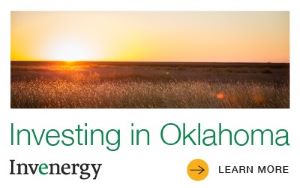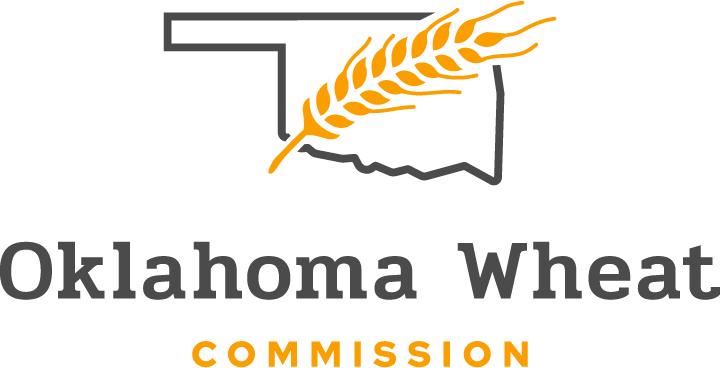
Agricultural News
Kim Anderson Breaks-Down Drop in Crop Prices
Thu, 15 Jan 2015 19:52:48 CST

Commodity prices have continued to plunge downward. On this weekend's edition of SUNUP, Oklahoma State University Crop Marketing Specialist Kim Anderson addresses all of the different factors that are driving prices lower from the exit of the fund money in the market, to the decline in petroleum prices, the deteriorating economies in Europe, Egypt and eastern Asia and global grain stocks that remain relatively large around the world. Anderson said the most talked factor in the market has been the funds getting out of commodities in selling corn, soybeans, wheat, live cattle and feeder cattle. Since mid-December wheat prices have fallen $1.09, corn prices are down 30 cents and soybean prices are down 40 cents over the past couple weeks. Live cattle are down $15 and feeder cattle are down $25. Anderson the funds have been driving the market for the last couple of weeks. Click on the LISTEN BAR below to listen to Anderson's comments.
SUNUP host Lyndall Stout asked Anderson about the US Department of Agriculture reports that were released Monday and how they have influenced the market. Anderson the U.S. planted acreage report estimated total wheat acres at 40.5 million acres. That was down five percent from last year. Hard red winter acres were down three percent at 29.5 million acres. Anderson said Oklahoma acres were down four percent, while Kansas and Texas acres were down two percent.
"I think those are some significant numbers and should support our prices," Anderson said.
In the World Agricultural Supply Demand Estimate (WASDE) report, Anderson said USDA raised all wheat ending stocks from 654 million bushels to 687 million bushels. He said the good news is hard red winter wheat stocks were lowered from 253 million bushels to 227 million bushels. He said he thinks those numbers will be positive for wheat prices over the longterm outlook.
In looking at corn and soybeans in the WASDE report, Anderson said USDA lowered the global corn ending stocks to 1.88 billion bushels, down from two billion bushels. He thinks that is positive for corn, but there remains to be excess corn in the world. USDA did not change the soybean stocks, so that remained neutral.
Looking ahead Anderson said the price outlook will come down to the funds and exports. Export demand would provide support to the market, but with strength of the U.S. dollar, global customers are not buying U.S. commodities because they are overpriced relative to the world market.
With the poor economic conditions in importing markets, Anderson said many countries are buying the lower priced French wheat even through it is of poorer quality because that is what they can afford right now.
In looking at harvest delivery prices, Anderson is predicting wheat at about $5.60 with a negative 25 cent basis off the July contract. He said he is predicting corn at $3.75 in using a negative 35 cent basis for most of Oklahoma expect the Panhandle where there is a positive 15 cent basis. The harvest price for soybeans are at around $9.00 using a 90 cent basis and canola looks to be $6.50 a bushel.
Catch SUNUP: Saturdays at 7:30 a.m. & Sundays at 6 a.m. on OETA-TV
SUNUP can be seen on OETA across the state of Oklahoma- Dr. Anderson's segment on the markets is one of the standard features of this weekly show from Oklahoma State University. Catch SUNUP online through the OSU website by clicking here or through YouTube by clicking here.
This week on SUNUP, we visit the Morton family in Garvin County to see the limit feeding system they have set up for their cattle. We follow that up with an overview from Dave Lalman on this cattle feeding strategy.
-- Derrell Peel analyzes U.S. trade relations with Canada and Mexico, as well as the 2015 outlook for cattle markets and prices.
-- In the Mesonet report, Al Sutherland and Gary McManus look at 60-day rainfall totals, the precipitation and temperature outlook, and how Oklahoma's recent cloudy weather benefits soil.
-- Next, Jody Campiche reminds producers about upcoming farm bill program deadlines.
-- In Cow-Calf Corner, Glenn Selk explains how the length of labor and delivery may impact post-calving pregnancy success.
-- Then, Kim Anderson looks at several factors behind a drop in crop prices.
Finally, in Naturally Speaking, Dwayne Elmore explains the difference between even-aged and uneven-aged tree management for deer.
WebReadyTM Powered by WireReady® NSI
Top Agricultural News
More Headlines...




















